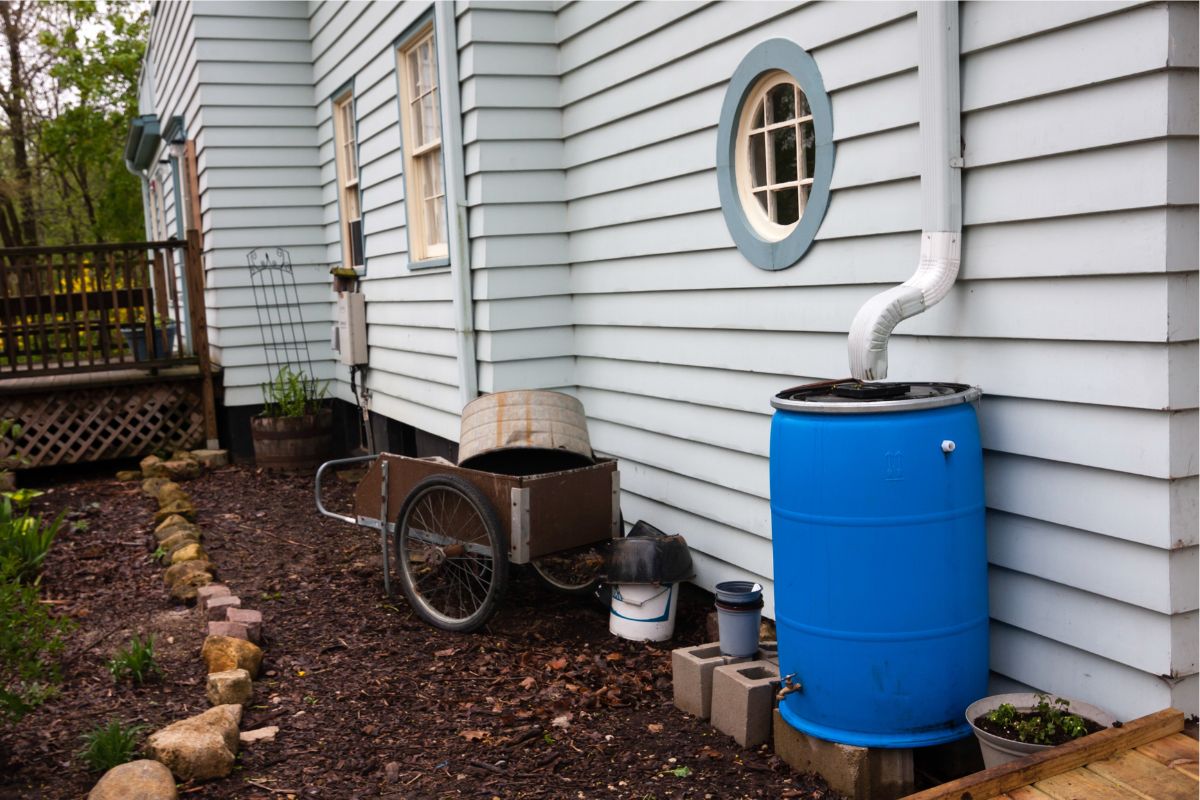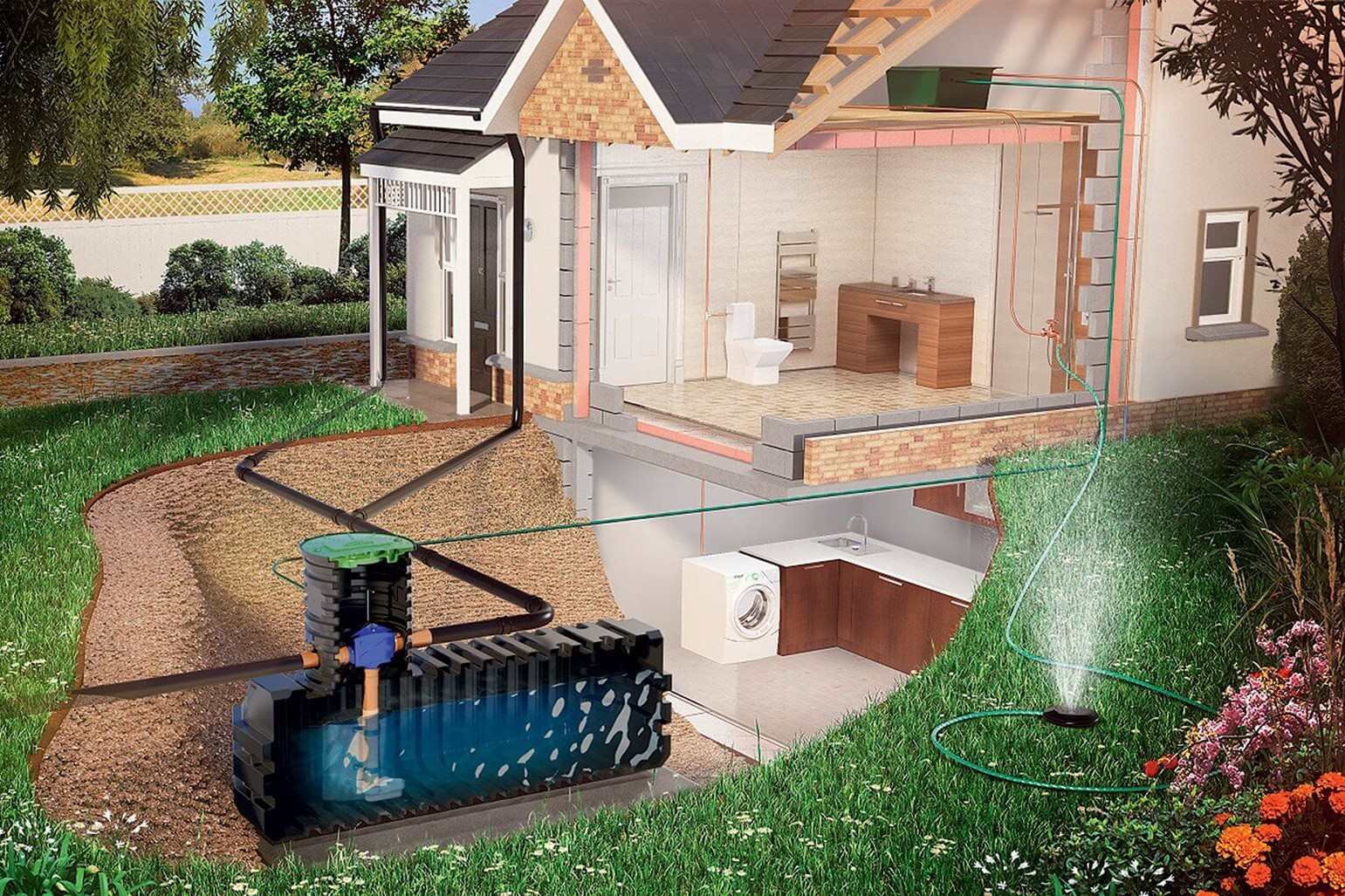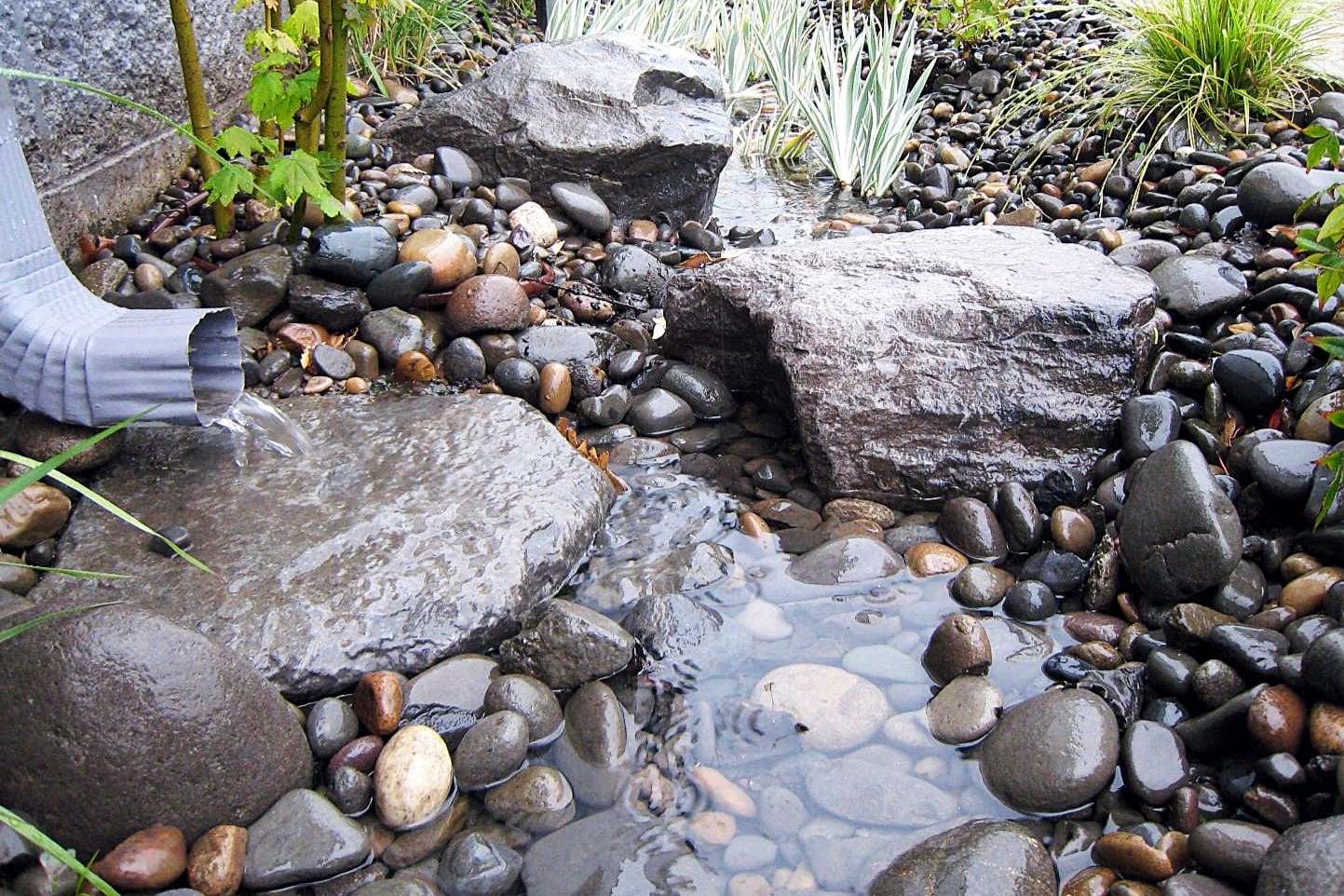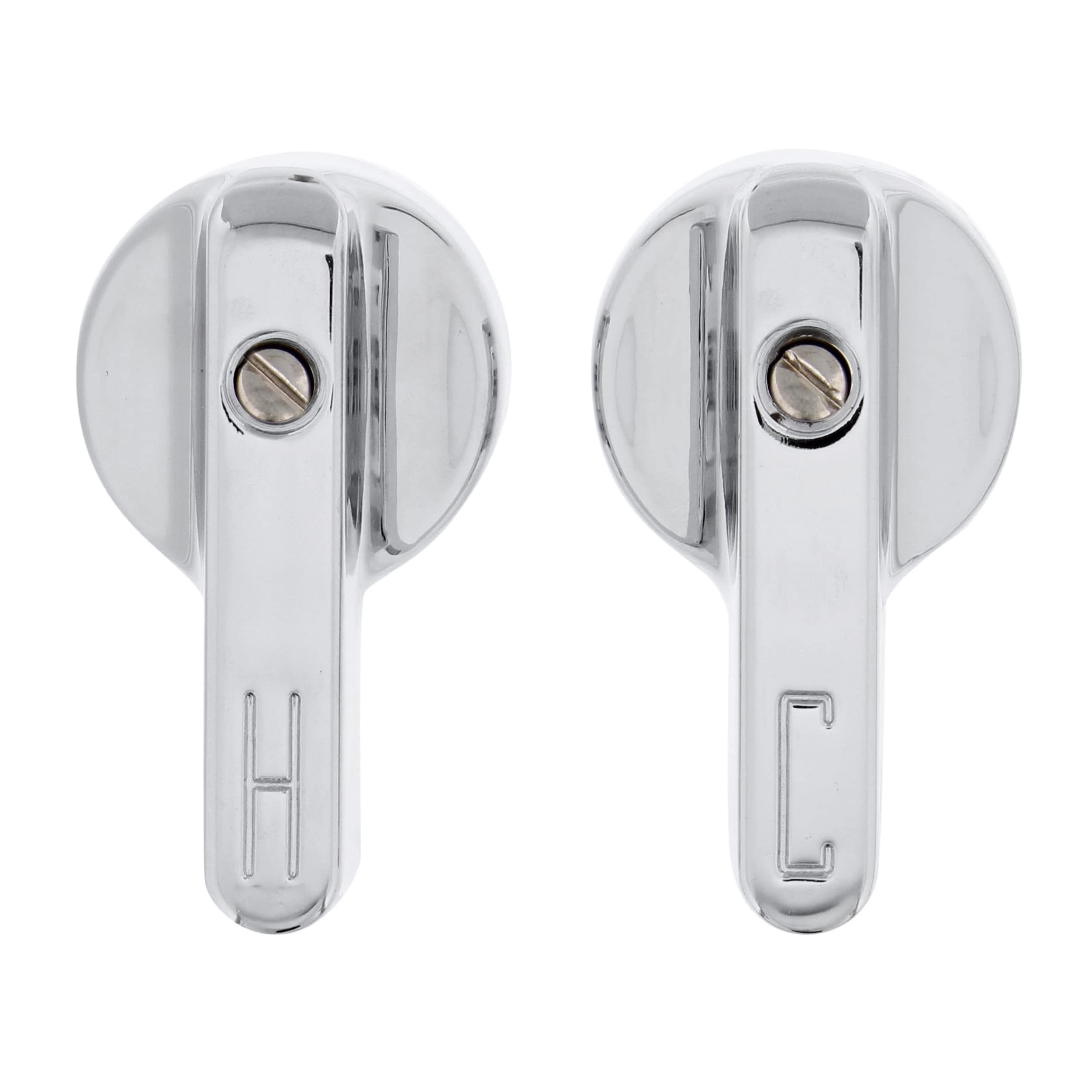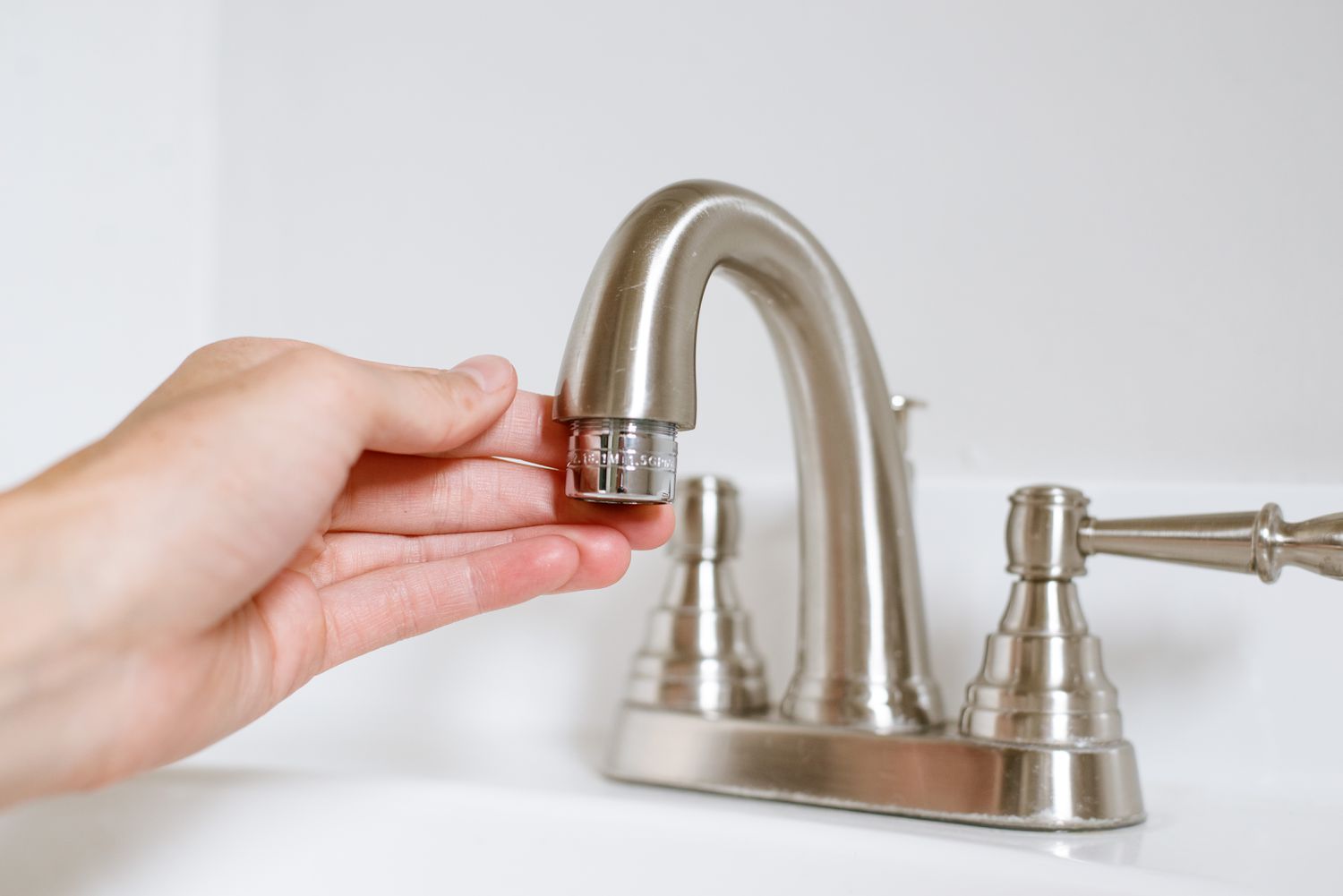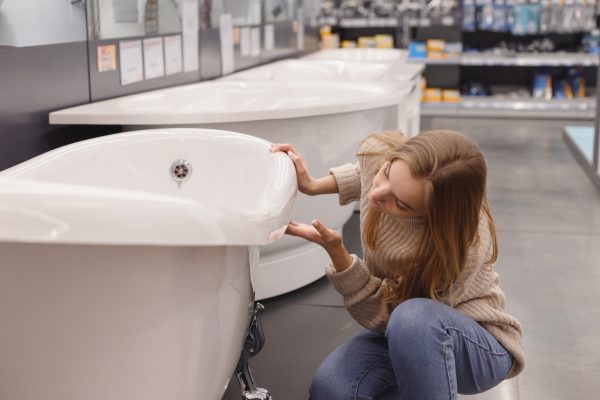Home> Water Conservation
Water Conservation: Ultimate Guide to Save Water & Our Planet
Discover ways to contribute to water conservation with our guide. Learn about effective methods, their benefits, and how they can save our planet.
Backyard Rain Barrel Installation and Collect Water for Gardens
By: Ethan Hayes • Ideas and Tips
Rainwater Harvesting Systems and Conserve Water at Home
By: Benjamin Parker • Ideas and Tips
Backyard Water Conservation Tips: Eco-Friendly Landscaping Ideas
By: Daniel Carter • Ideas and Tips
Acrylic vs Fiberglass Tub: Which is Better For Your Bathroom?
By: Grace Wilson • 65 Bathroom Furniture For A Refreshingly Good Time
